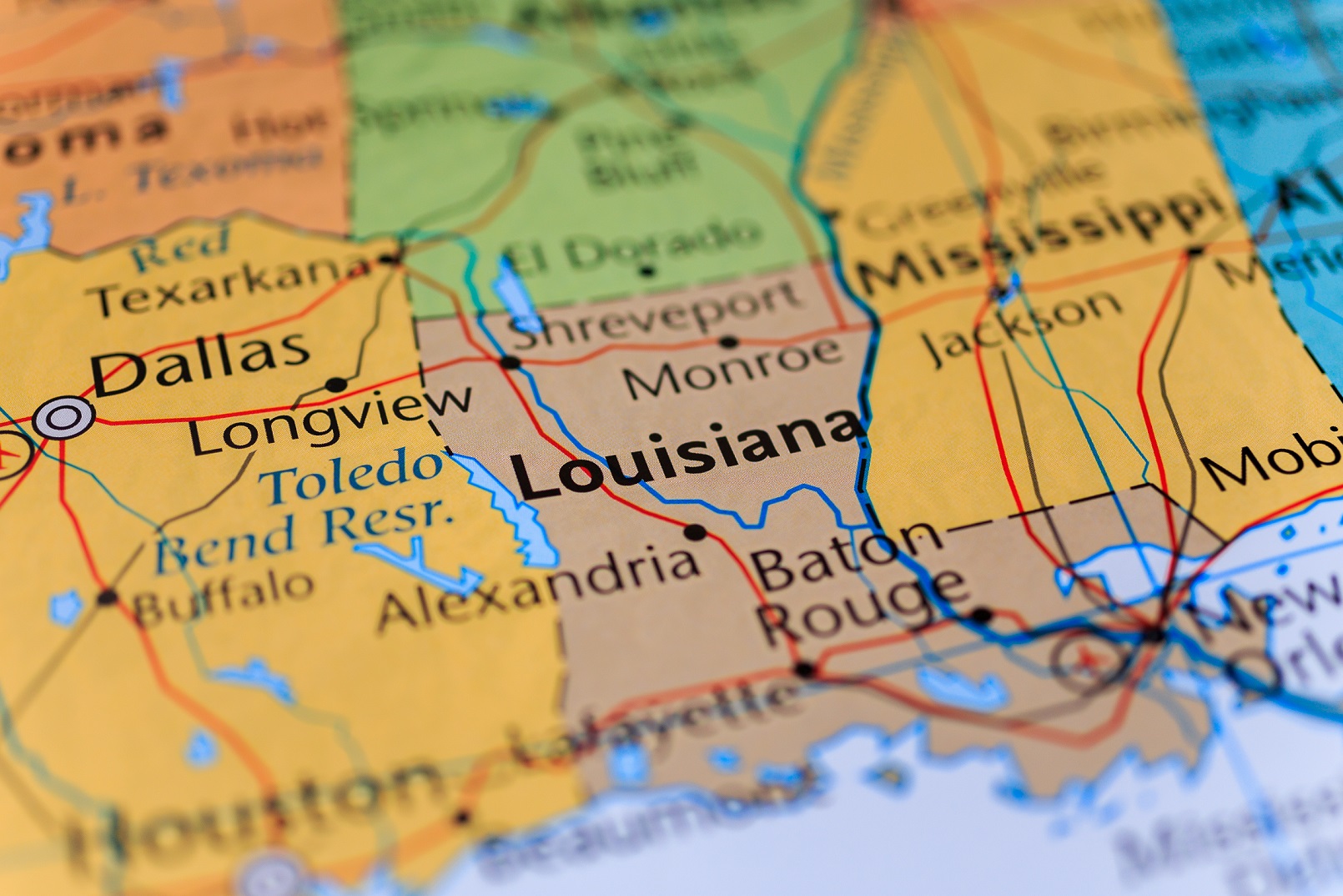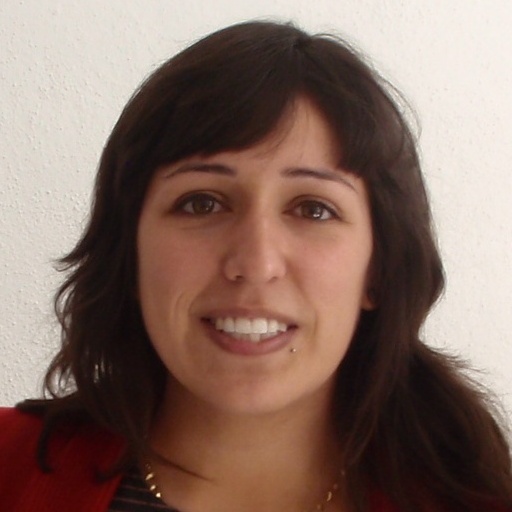Cajun English…cher, you’ll learn

Cajun English is a unique dialect of American English primarily spoken in southern Louisiana. Unlike the generalized "Southern drawl", Cajun English has its own distinct sound and vocabulary. Explore the nuances of this fascinating language in our American Accent Map series.
- History of Cajun English
- Linguistic features
- French-influenced Cajun vocabulary
- Cajun accent and slang
Start your journey to reach fluency
History of Cajun English
Cajun English is spoken in southern Louisiana in an area known as Acadiana. Also, because of migration, some Texans and Mississippers are Cajun speakers.
Cajuns are descendants of French settlers who moved to an area of Canada known as Acadia, which is modern day Nova Scotia, Canada. Eventually, Acadia became a British colony and people of French ancestry were forced to pledge allegiance to the British crown or leave.
Many people left and settled around the United States including what is now Louisiana.
English speakers shortened the name of Acadians to ‘Cadians and eventually to Cajuns. These new arrivals to the Louisiana Territory (it was not yet a state) were isolated in their own communities. They spoke French in their community but learned English in order to work.
What we call Cajun English today is mostly American English with some French words and accent. Louisiana Creole is another form of English spoken in southern Louisiana that has a French influence.
Linguistic features
Sometimes French syntax is used while speaking Cajun English. Syntax is the pattern of speech found in a language. When a Cajun speaker is trying to emphasize an affirmative or negative sentence, they will often use French syntax, sort of like an English to Cajun to French translation.
- Instead of saying, “No, I didn't do that!” Cajun speakers will say, I didn't do that, no!
Another linguistic feature is to add a directional pronoun for emphasis.
- Instead of saying, “No, I don’t have any.” Cajun speakers will say, Me, I don’t have any, no.
A fun quirk you’ll find in Cajun speakers is doubling an adjective.
- Instead of saying, “Don’t drink that yet; it’s hot.” Cajun speakers will say, Don’t drink that yet; it’s hot, hot.
Start your journey to reach fluency
French-influenced Cajun vocabulary
Many Cajuns today do not speak French or only speak a little. But lots of French words are sprinkled throughout everyday speech. Let’s look at some examples:
| French Word | Pronunciation | Meaning | Example |
| Cher | /sha/ | sweet or dear | Cher bébé! What a dear baby! |
| Fâché | /fa-SHAY/ | angry | She’s really fâché right now. She’s really angry right now. |
| Mais | /me/ | but | I don’t know, mais I’ve got a good feeling about this. I don’t know, but I’ve got a good feeling about this. |
| Mange | /maw-sg-A/ | eat | Let’s mange. Let’s eat. |
Cajun accent & slang
Cajun speakers are of course speaking English, but let’s look closer. What is a Cajun accent, and what makes Cajun pronunciation a little different than, say, the California accent?
[H3] How do you speak with a Cajun accent?
Learning how to speak with a cajun accent is not too difficult! One of the most common features of the accent is replacing the ‘th’ combination in English words with ‘d’s’ or ‘t’s’.
- “That’s my father”. will sound like Dat’s my fadher.
- “What’s that thing you have?” will sound like Wha dat thig ya got?
Also, Cajun English often stresses the last syllable of words, which is the French pronunciation.
- Marksville is usually pronounced /MARKS-ville/ with the emphasis on the first syllable, but in Cajun English the stress is on the final syllable /marks-VILLE/.
Hear the Cajun accent
Watch a dialect coach explaining some features of the accent. (minute 3:26 - 3:57)
You can also hear the Cajun English accent by watching the 2009 Disney animated movie “The Princess and the Frog”. The lightning bug Raymond /ray-MOND/ explains his accent comes from being a Cajun, "born and bred in the [Louisiana] bayou".
What are some Cajun sayings?
Here are a few examples:
| Cajun English phrase | Example |
| Making groceries means going grocery shopping. | I’m making groceries. |
| Lagniappe /lan-yap/ means a little something extra. | As a lagniappe, the store gave free popcorn to all shoppers. |
| Get down means get out of the vehicle. | You wanna get down with me? |
A lagniappe for your visit to Louisiana
Wherever you go you bring your language with you. What we now know as Cajun English comes from people moving to the Louisiana bayou and keeping bits and pieces of their language by mixing it with English. Cher, you should now know how to speak wid a cajun accent. Even if you can’t speak it, you’ll be able to understand everyone when you visit Acadiana!













